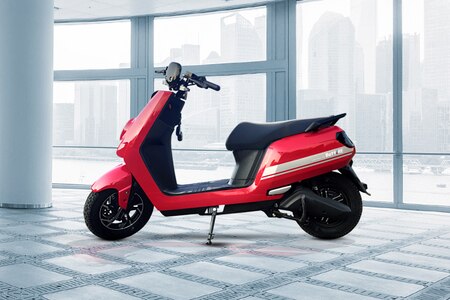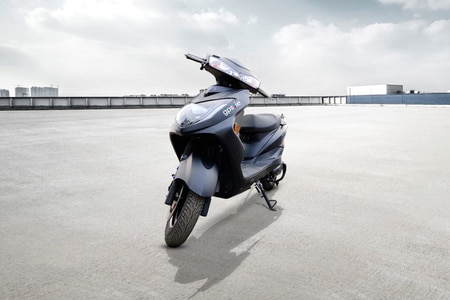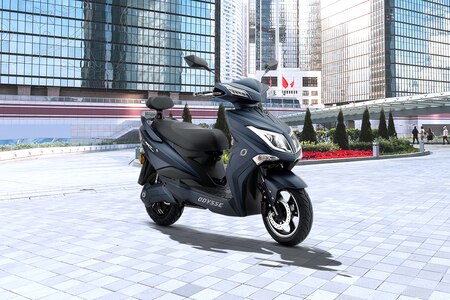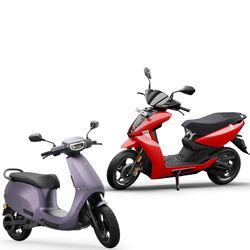High nickel battery chemistry contributed most to electric vehicles in 2021
- The high nickel chemistry batteries come with a higher total capacity due to higher energy density.
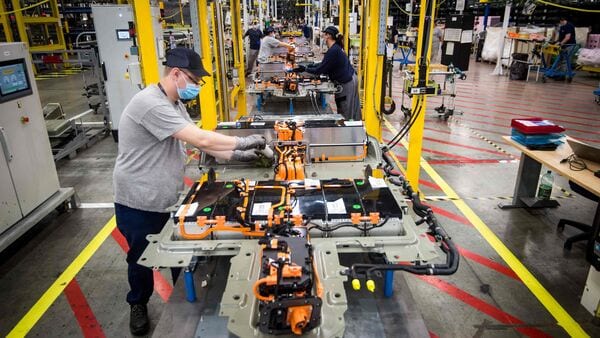

The electric vehicle batteries use different types of technologies and one of them is the high nickel battery chemistry, which contributed most to electric vehicles in 2021, reveals a study by Adamas Intelligence. The contribution of high nickel battery chemistry in total electric vehicles in 2021 was 54 per cent. Low nickel battery chemistry and no nickel chemistry contribution were 26 per cent and 20 per cent respectively. The no nickel battery chemistry in electric vehicles was majorly the LFP batteries.
Also Read : Tesla makes one-millionth 4680 series EV battery cell, will be used in Model Y
The study further claims that the share of all these three types of battery technology in Asia was more or less similar, while in North America, it's mostly high nickel, which means the cathodes come with around 60 per cent or more nickel content. In Europe and North America, no nickel chemistry made LFP batteries are pretty rare.
Also check these Bikes
The no nickel chemistry batteries are used in nearly one-quarter of all-electric vehicles. The no nickel chemistry batteries come with a lower total capacity due to lower energy density. These batteries are cheaper and smaller, ensuring more use in entry-level small electric vehicles.
In the Asia-Pacific region, the no nickel chemistries represent 34 per cent of the total battery deployment in passenger plug-in vehicles, but they were used in more than 41 per cent of the total vehicles.
The research further claims that in 2021, the total battery capacity deployed onto roads globally in all newly sold passenger xEVs including BEVs, PHEVs, and HEVs is estimated at 286.2 GWh, up 113 per cent year-over-year from 134.5 GWh estimated for 2020. It also claims that more than 98 per cent of the total capacity was deployed in plug-in electric cars. It would mean more than 280 GWh for BEVs and PHEVs and just several GWh for hybrids.








 3.1 kWh
3.1 kWh 60 km
60 km